The TWZ Newsletter
Weekly insights and analysis on the latest developments in military technology, strategy, and foreign policy.
The first Japanese warship destined to receive a Tomahawk cruise missile capability is now sailing to the United States for the required modifications. The Kongo class destroyer Chokai is at the forefront of Japan’s long-standing ambition to receive the long-range land attack cruise missiles, which it initially plans to field on its Aegis warships, although ground and submarine launch platforms could also follow in the future.
The Japan Maritime Self-Defense Force (JMSDF) announced yesterday that the process of reworking Chokai for Tomahawk had begun. On September 26, the warship conducted missile-loading training, involving dummy Tomahawk rounds, supported by U.S. Navy personnel, at Yokosuka Base. The 90 “strike length” Mk 41 vertical launch system (VLS) cells on the Kongo class are already long enough to accommodate the Tomahawk.
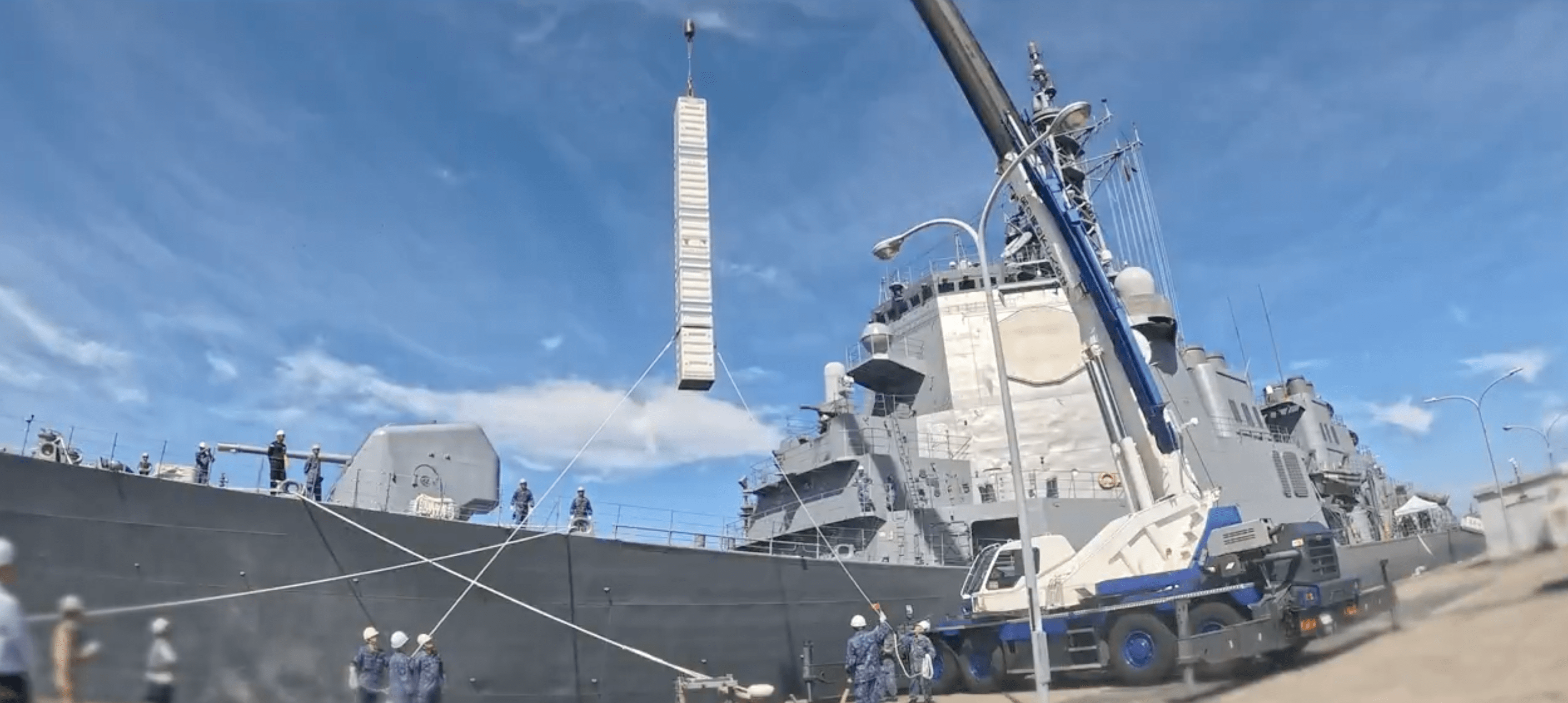 A dummy Tomahawk round is test-loaded in Chokai by Japan Maritime Self-Defense Force (JMSDF) and U.S. Navy personnel at Yokosuka Base on September 26. JMSDF
A dummy Tomahawk round is test-loaded in Chokai by Japan Maritime Self-Defense Force (JMSDF) and U.S. Navy personnel at Yokosuka Base on September 26. JMSDF
“The training was conducted to familiarize the ship with the procedures required for Tomahawk operation and to confirm the safety management system,” the Japanese Ministry of Defense said in a statement.
The following day, Chokai departed Yokosuka for San Diego, California, where modifications and crew training will be carried out. The process is due to be completed by mid-September of next year. Ahead of that milestone, the first Tomahawks are expected to be handed over to Japan before the end of March next year, and it is planned for the destroyer to conduct live-fire tests around summer 2026. These will verify the ship’s readiness and crew proficiency to carry out operational missions.
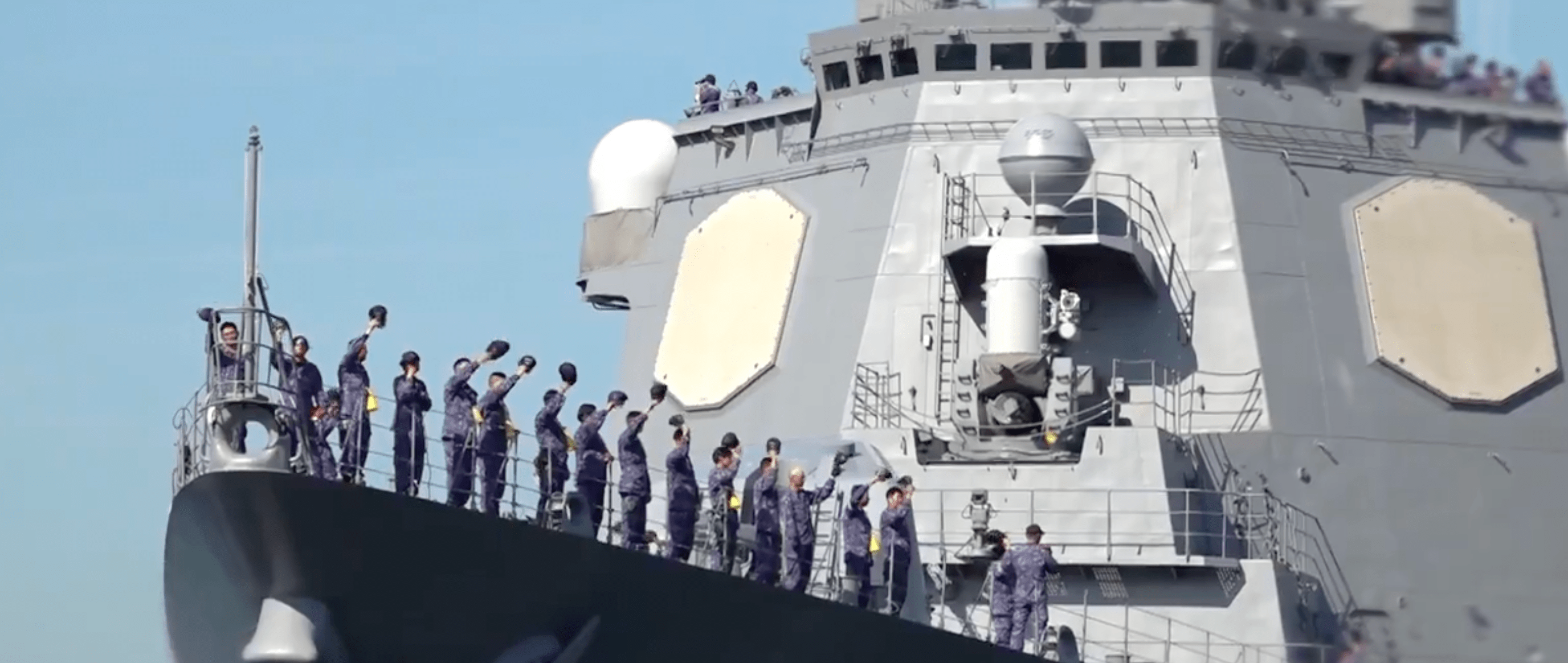 Chokai departs Yokosuka Base on September 27. JMSDF
Chokai departs Yokosuka Base on September 27. JMSDF
The Japanese Ministry of Defense describes the Tomahawk plan as a crash program to supplement its efforts to locally develop new standoff missiles. Once fielded, the Tomahawks will enhance “standoff defense capabilities in order to intercept and eliminate invading forces against Japan at a rapid pace and at long range.” The U.S.-made cruise missiles are planned to be delivered between Japan’s fiscal years 2025 and 2027, which run from April 1 to March 31.
The U.S. Navy began training the JMSDF on the Tomahawk missile launch system in March 2024.
Ultimately, the JMSDF will field the Tomahawk on all eight of its currently fielded Aegis destroyers. These comprise four Kongo class, two Atago class, and two Maya class — the latter are Japan’s latest in-service Aegis-capable destroyers.
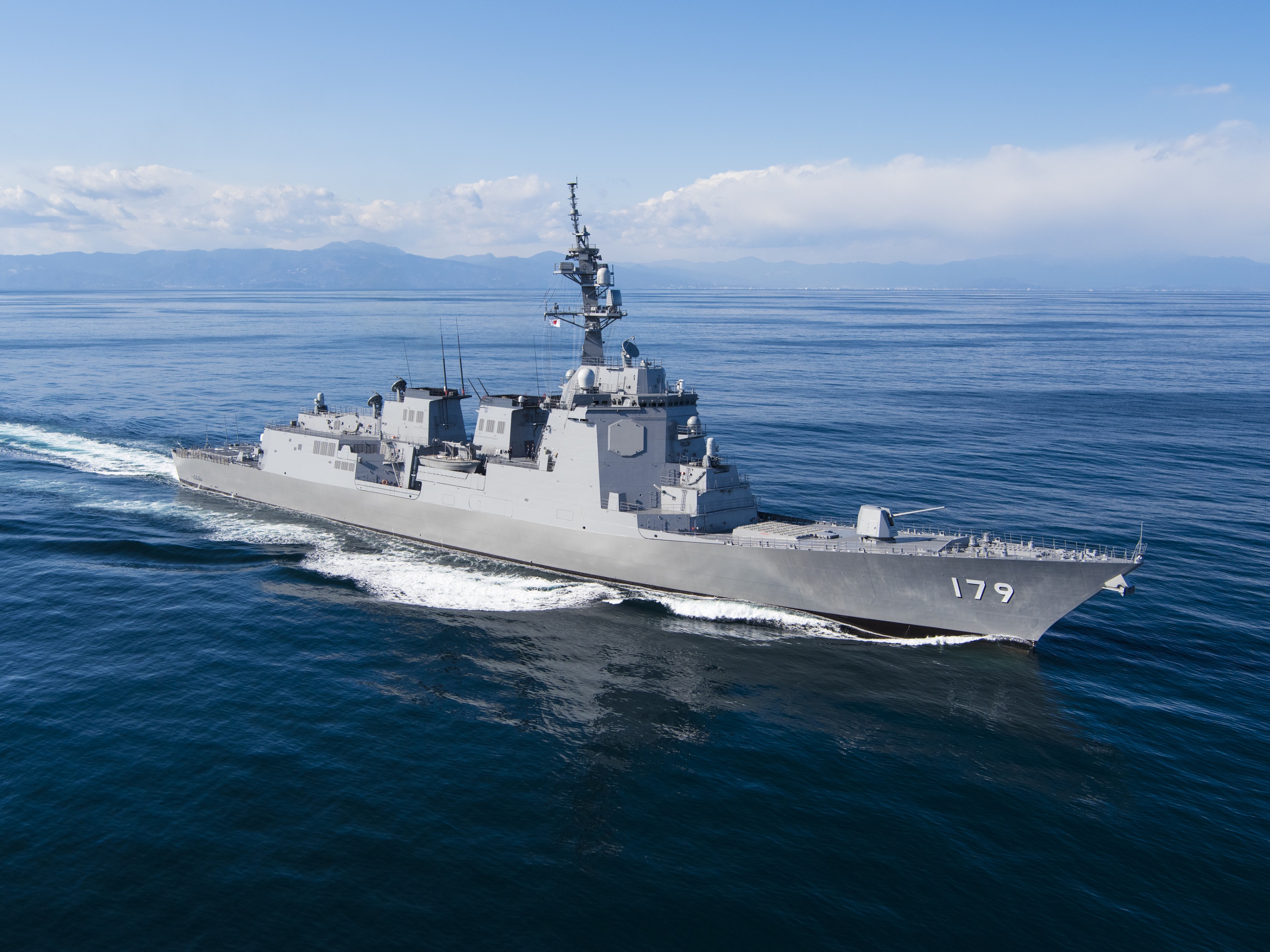 Maya, lead ship of the latest JMSDF class of Aegis destroyers. Japan MoD
Maya, lead ship of the latest JMSDF class of Aegis destroyers. Japan MoD
The cruise missiles will also be used on the two Aegis System Equipped Vessels (ASEV) destroyers that are under construction. Lockheed Martin announced today that the first example of the advanced AN/SPY-7(V)1 radar system for the ASEV has begun testing at a shore-based facility in Moorestown, New Jersey. You can read more about its capabilities here.
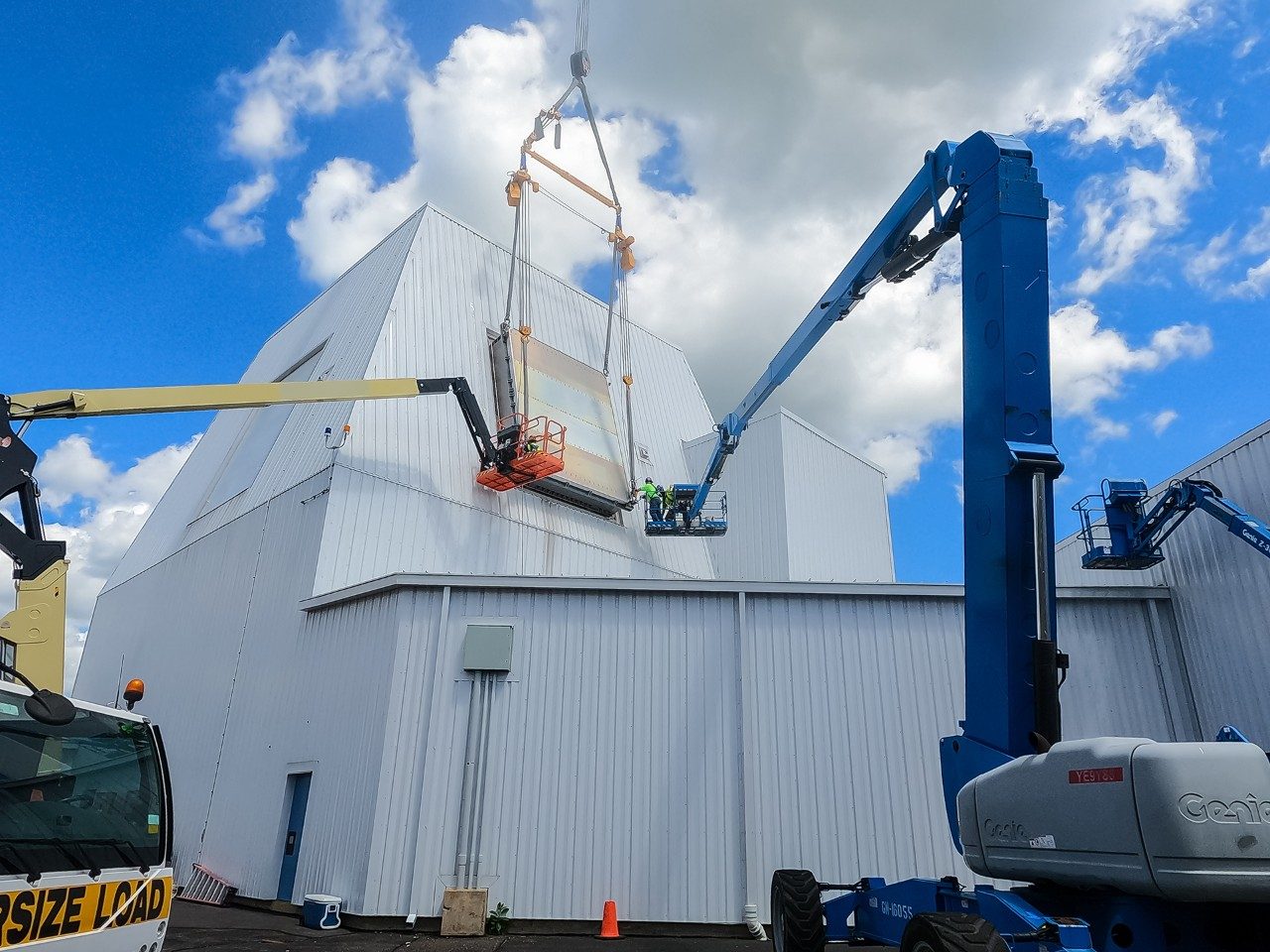 The first AN/SPY-7(V)1 radar system for the ASEV class is tested at a shore-based facility in Moorestown, New Jersey. Lockheed Martin
The first AN/SPY-7(V)1 radar system for the ASEV class is tested at a shore-based facility in Moorestown, New Jersey. Lockheed Martin
Returning to the Tomahawk, the U.S. State Department approved the $2.35-billion sale to Japan of 400 of these missiles in November 2023, and a corresponding deal was struck in 2024. This will provide Japan with 200 Tomahawk Block IV and 200 Tomahawk Block V All-Up Rounds (AUR) and related equipment.
The deal came after years of talk that Japan would procure Tomahawks to give it a new long-range land-attack cruise missile capability.
The Tomahawk acquisition is a prime example of Japan’s changing military policy, including the fielding of what would previously have been considered ‘offensive’ weaponry.
This has been driven by growing tensions in the Indo-Pacific region, which have led to Japan increasing its counterstrike capability against potential threats, in particular those from China and North Korea.
The urgency of the situation has seen Japan accelerate its Tomahawk procurement, bringing it forward by one year, after it was originally planned to acquire the missiles in fiscal year 2026. Officials cited the “increasingly severe security environment around Japan” as the reason for this.
Already, the JMSDF’s Kongo class destroyers, like Chokai, are notably well-equipped, although they are primarily air and missile defense platforms. They are outfitted with powerful radar systems and an assortment of surface-to-air missiles, as well as anti-ship and anti-submarine weapons. The addition of Tomahawk missiles will make them much more well-rounded warships, with a very significant offensive capability.
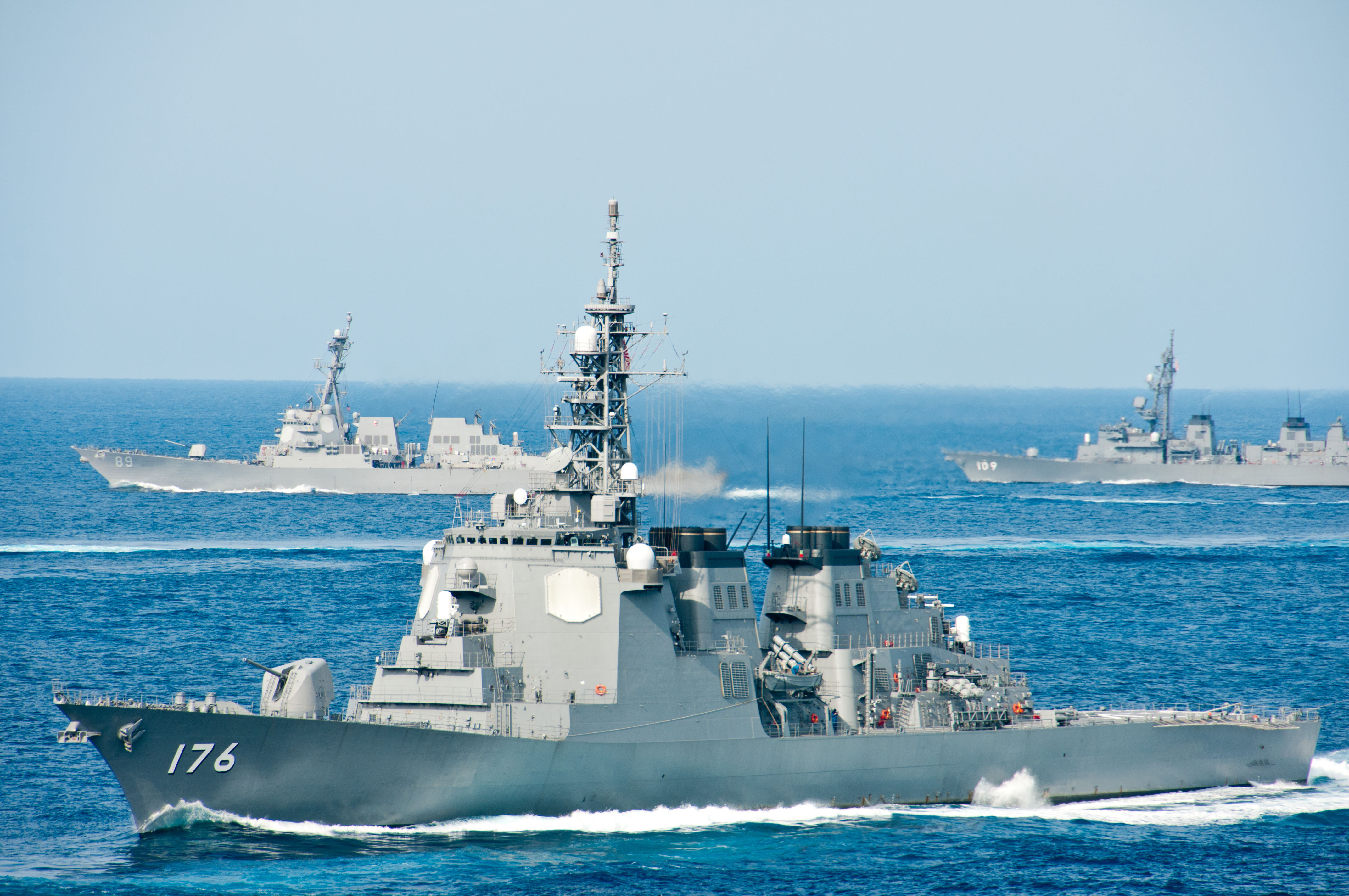 Chokai (front), the Arleigh Burke class destroyer USS Mustin (back left), and the Murasame class destroyer Ariake steam together during an exercise in the Indo-Pacific region. U.S. Navy photo by Lt. Cmdr. Denver Applehans/Released Lt. Denver Applehans
Chokai (front), the Arleigh Burke class destroyer USS Mustin (back left), and the Murasame class destroyer Ariake steam together during an exercise in the Indo-Pacific region. U.S. Navy photo by Lt. Cmdr. Denver Applehans/Released Lt. Denver Applehans
The Block IV Tomahawk can strike targets at a range of almost 1,000 miles, carrying a 1,000-pound unitary warhead. It can be re-routed mid-flight and is also able to loiter over an area to hit ‘pop-up’ targets, using its imaging infrared seeker. Japan is also receiving the Block V Tomahawk, an improved version with survivability upgrades that can also be used to hit moving targets, especially in the long-range anti-shipping role.
Japan is now joining a select group of Tomahawk-operating countries outside the United States.
The United Kingdom’s Royal Navy uses Tomahawk missiles to arm its Astute class nuclear-powered attack submarines. It also plans to provide a Tomahawk capability on its forthcoming Type 26 and Type 31 frigates.
In December last year, Australia became the third country to launch a Tomahawk missile after the Royal Australian Navy’s (RAN) Hobart class destroyer HMAS Brisbane successfully test-fired the weapon for the first time, as you can read about here.
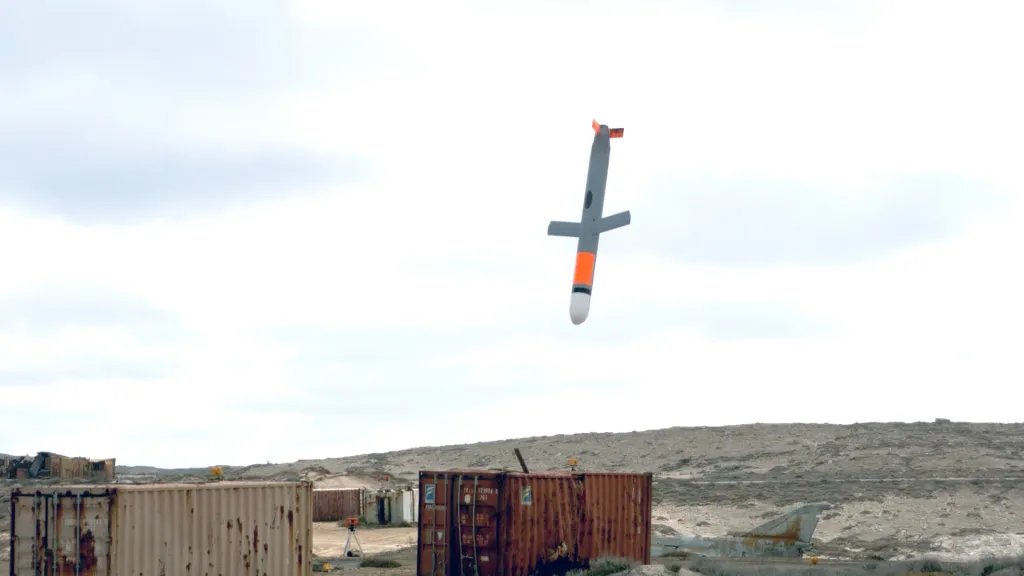 A Tomahawk missile fired from Australia’s HMAS Brisbane, moments before impacting its target. U.S. Navy
A Tomahawk missile fired from Australia’s HMAS Brisbane, moments before impacting its target. U.S. Navy
Since then, the Royal Netherlands Navy launched a Tomahawk for the first time, from one of its De Zeven Provinciën class frigates, HNLMS De Ruyter, off the coast of Norfolk, Virginia, in March of this year.
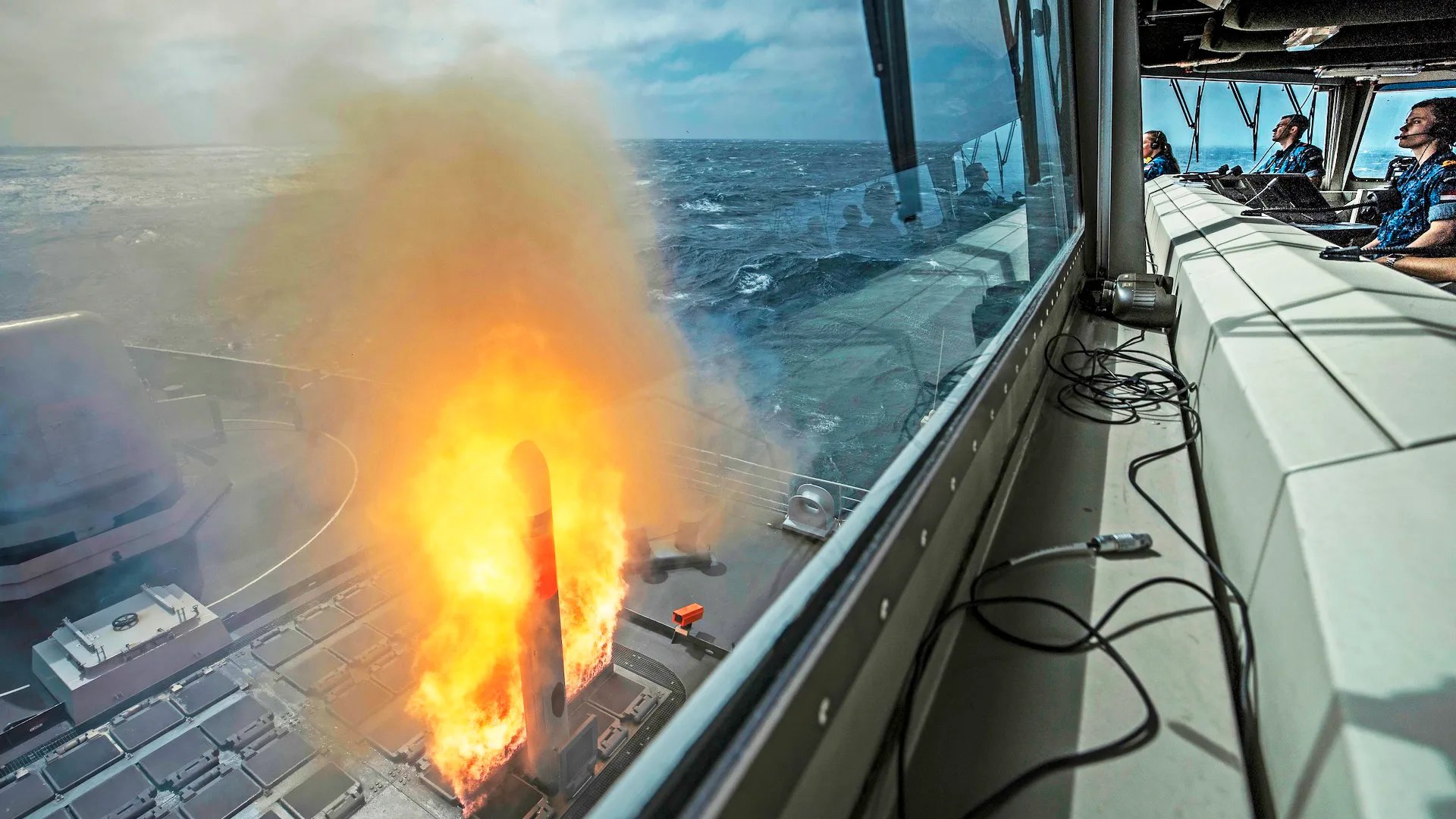 The first launch of Tomahawk from the Dutch frigate HNLMS De Ruyter off the coast of Norfolk, Virginia, in March 2025. Dutch Ministry of Defense
The first launch of Tomahawk from the Dutch frigate HNLMS De Ruyter off the coast of Norfolk, Virginia, in March 2025. Dutch Ministry of Defense
While Japan is procuring the Tomahawk as an interim weapon, it will almost certainly continue in service once the country fields its own long-range land-attack cruise missile capability. This is an area in which Japan has been active for some time now, starting with efforts to increase the range of its Type 12 anti-ship missile now in development.
At the same time, Japan is also acquiring air-launched cruise missiles for land-attack missions.
Overall, Japan’s forthcoming introduction of the Tomahawk and its longer-term ambition to field more domestically produced standoff missiles reflect the country’s changing defense posture — including procuring ‘offensive’ weapons that would previously have been off the table. With China flexing its military muscle in the region and North Korea expanding its missile arsenal, Japan’s focus on bolstering its long-range conventional deterrent options will surely continue.
Contact the author: thomas@thewarzone.com
Thomas is a defense writer and editor with over 20 years of experience covering military aerospace topics and conflicts. He’s written a number of books, edited many more, and has contributed to many of the world’s leading aviation publications. Before joining The War Zone in 2020, he was the editor of AirForces Monthly.


AloJapan.com